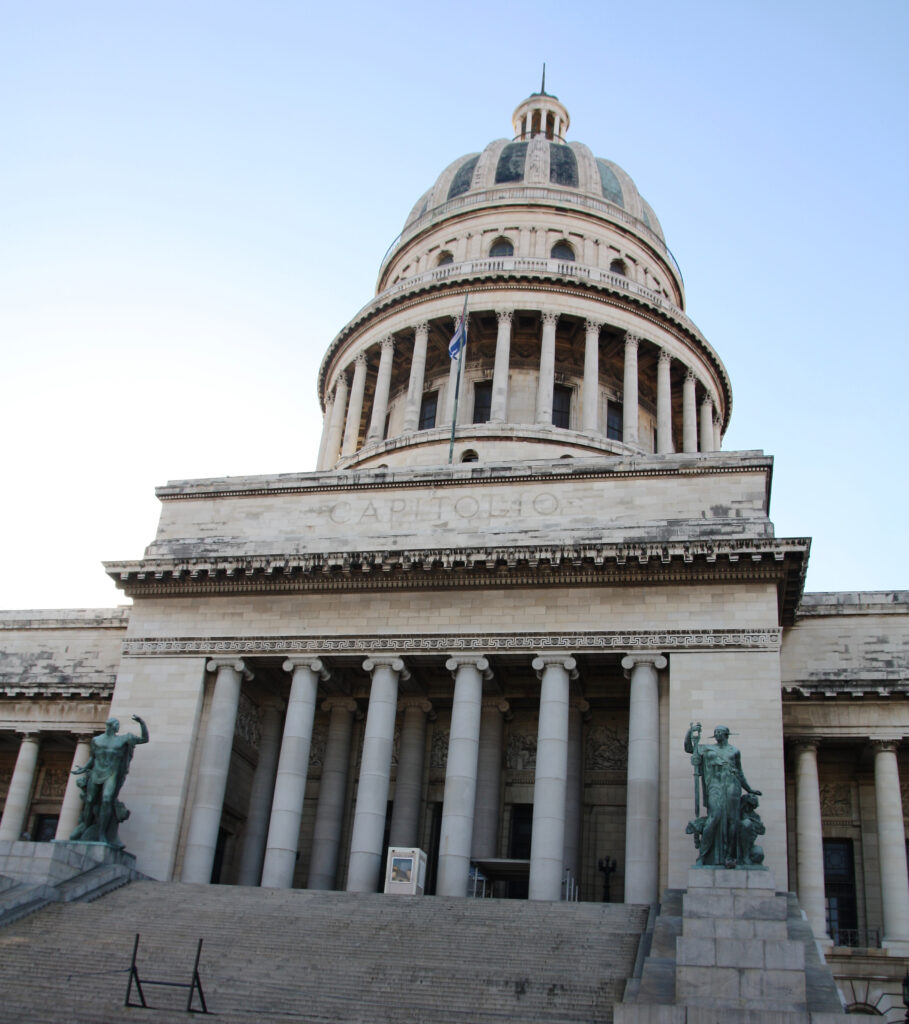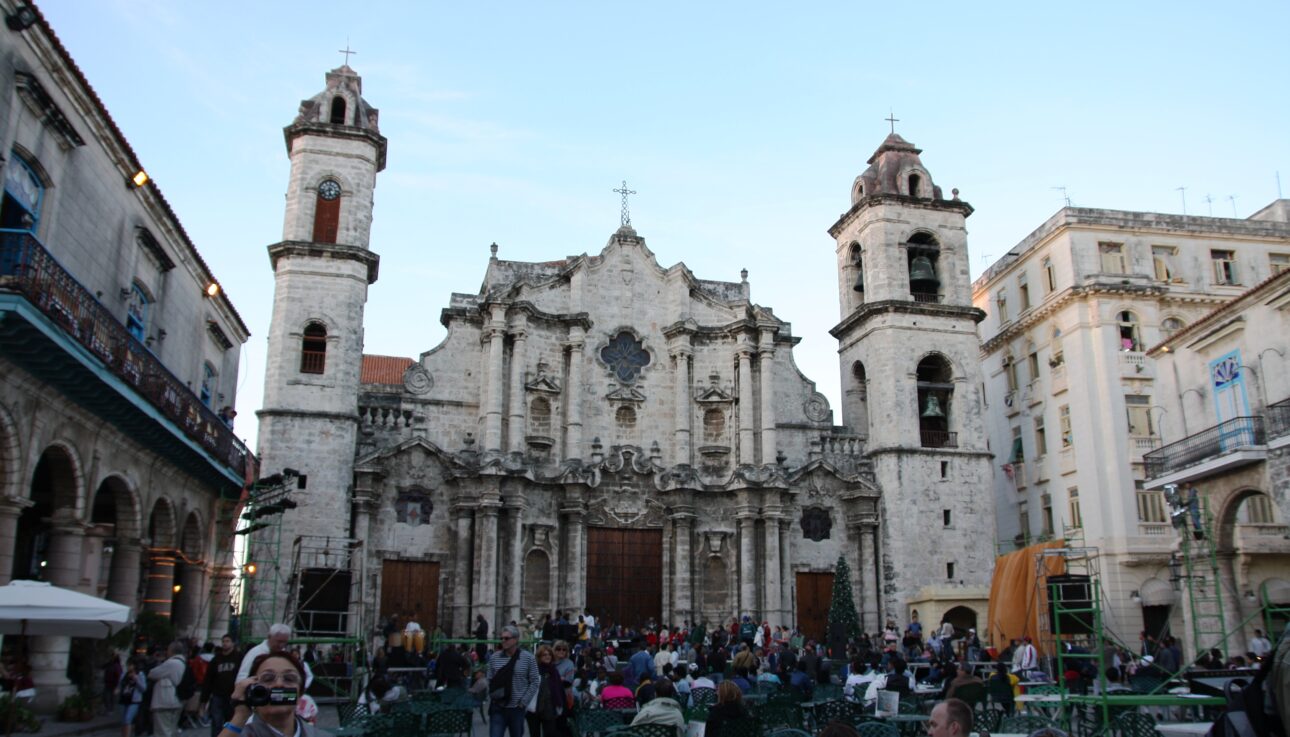A place to be not just seen, but actually experienced, Havana lives up to all the cliches that define it: the people dancing rumba and partying all night, drinking rum and smoking cigars. And everywhere you look, you will find American cars such as Chevrolets and Doges cruising along streets that seem to not have changed much since the revolution. I always enjoy experiencing historic cities. And when I do, I look for museums and historic streets. Havana has the run-down backstreets that have the real atmosphere of the 1950s.
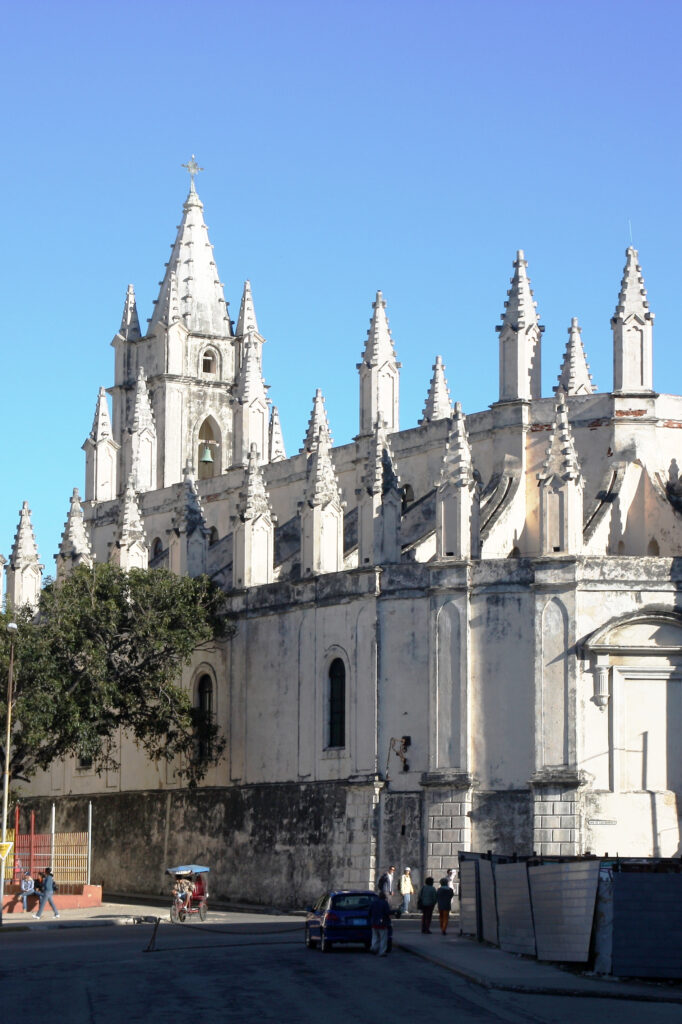
Habana Vieja, the old part of the city, appears caught in a 1950s time warp. It looks like a film set, while the people who inhabit it resemble casually positioned extras: the man playing the trombone to his friend on the waterfront over sunset, another carrying a double bass across a square, or the young woman dancing by herself to the music of the band playing on the street.
At the centre of Habana Vieja is the cobbled Plaza de la Catedral. Ringed on 3 sides by colonial buildings, its focal point is the ornate cathedral with its Cuban baroque style reminiscent of melted wax on a candle. Having been spared from tourist development, the square looks pretty much as it used to be in the 1950s, when pre-revolution Havana was a playground for the rich and a haunt of the Mafia. Travelers can watch as the colour drains from the sky and the cathedral is floodlit by having a meal or drink at the nearby El Patio restaurant. History buffs who want to learn the full story of the revolution can do so at the Museum of the Revolution.
Parts of old Havana have been renovated and restored into sanitized shadows of their former selves. The buildings in the Plaza Vieja and Mercaderes now house international shops and restaurants where travelers can enjoy the local food. Everyone seems to exist outdoors, whether on a rickety balcony, in a shady courtyard or just on the front step.
Although Cuba has the highest literacy and lowest child mortality rates in all of Latin America, it still has great poverty which is attributed to 50 years of Communism. Others blame iit squarely on the long-running US boycott. Certainly, there is limited political freedom, and everyday life can be hard in Cuba. Most Cubans live in small, one- or two-room apartments. If you look through the elaborately barred windows on the ground floor, you might see the whole family gathered round an old TV set.
To really experience a Cuban household, do an off-the-beaten track tour with G Adventures which will have you staying in Cuban households rather than the usual resort areas. In the same time, some of the excursions from the resorts will include a visit to a local ranch and/or a school.
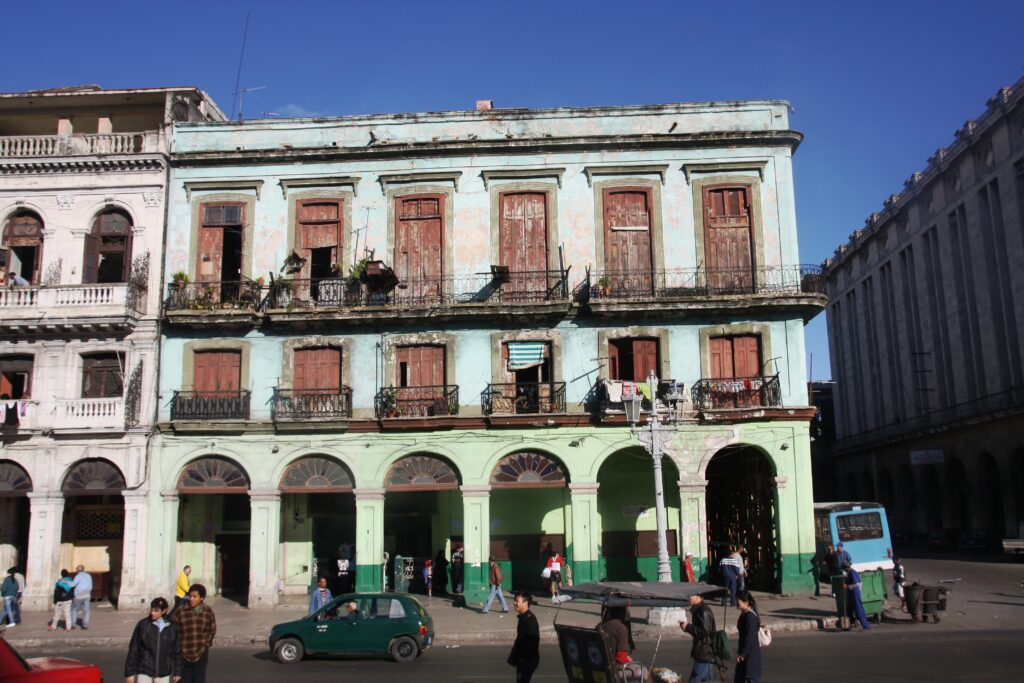
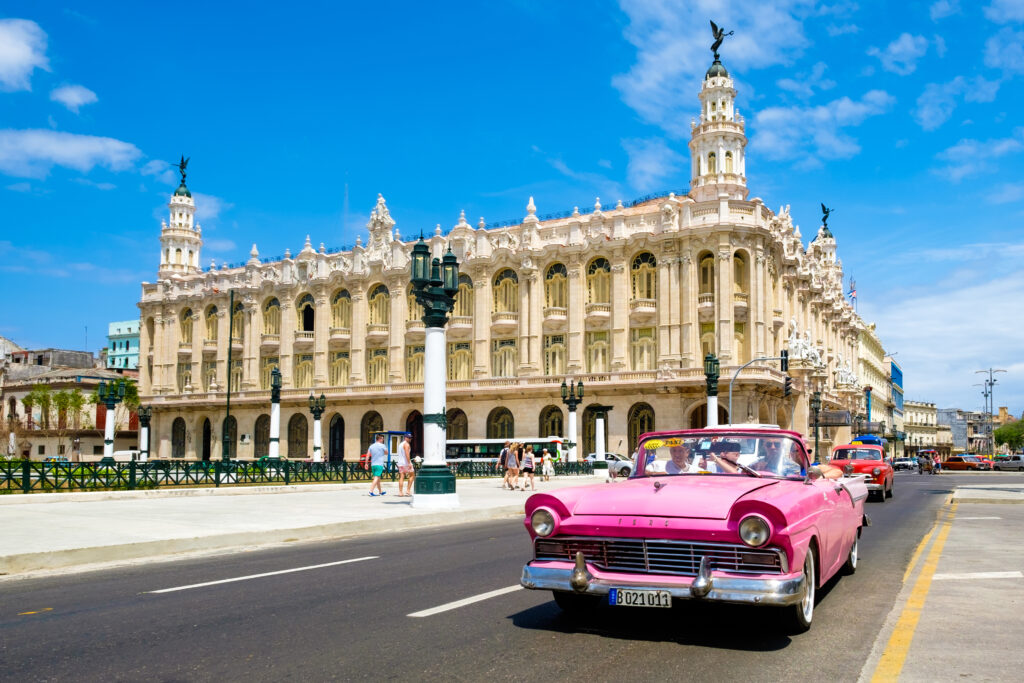
Sometimes, it seems that most of the population of Havana congregates on the Malecon at sunset. This stretch of the waterfront, lined on one side by crumbling buildings and on the other by the sea, is a magnet for people of all ages. As the once-elegant facades are bathed in golden evening light music played, a little impromptu dancing breaks out and people sip rum cocktails as they watch the sun sing slowly into the sea.
Travelers can experience the sunset on the Malecon by doing a 2-day Havana tour from the resorts. Those tours will include a stay at a local hotel. Always book those tours from the hotel tour desk, in order to ensure you will be traveling with a reputable company.
Getting to Havana
Havana Jose Marti International Airport welcomes flights from Canada, Mexico, and various places in Europe and South America. A tourist visa is always given on the plane, and is valid for stays up to 90 days.
Where to Stay in Havana
Accommodation is plentiful in Havana. For convenience, it is best to stay in Habana Vieja, in order to be close to all the tourist attractions. One of the most atmospheric hotels is Ambos Mundos, where Hemingway used to stay before he bought an estate on the island.
- Historic: Hotel Nacional de Cuba
- Upscale: Iberostar Parque Central or Grand Ashton La Habana
- Mid-scale: Habana Riviera by Iberostar or Blau Arenal Habana Beach
- Budget: Hotel Plaza or Memories Miramar Habana
